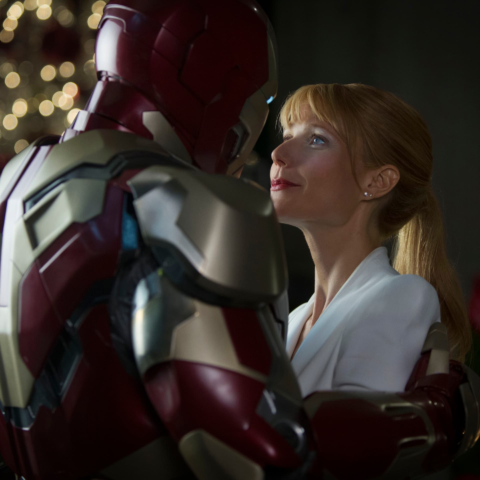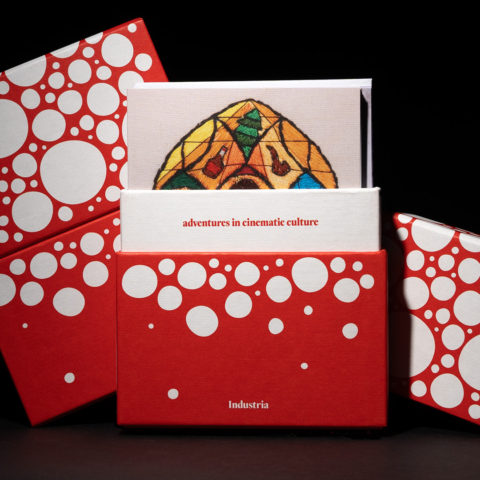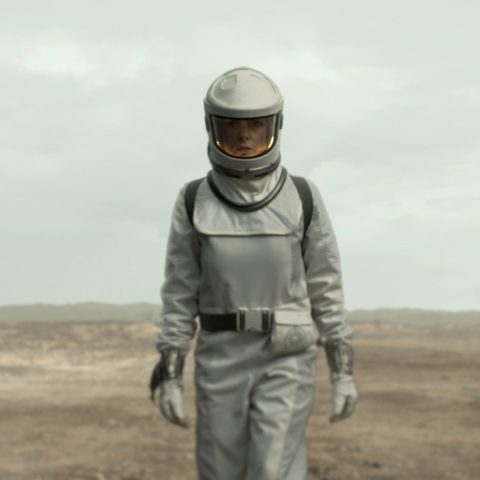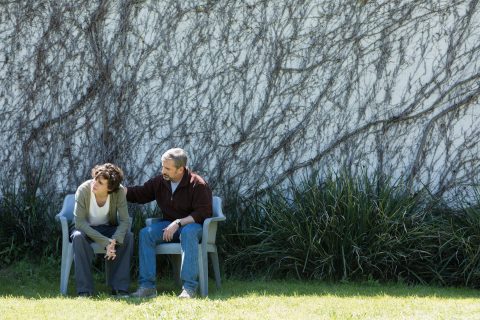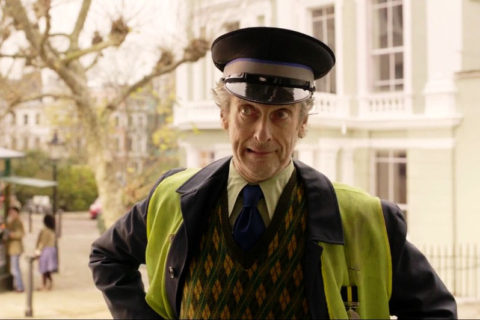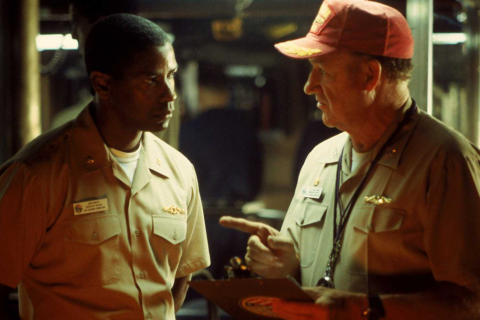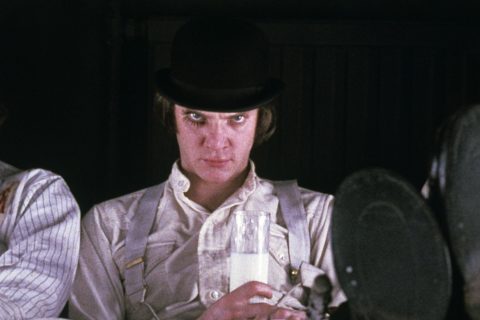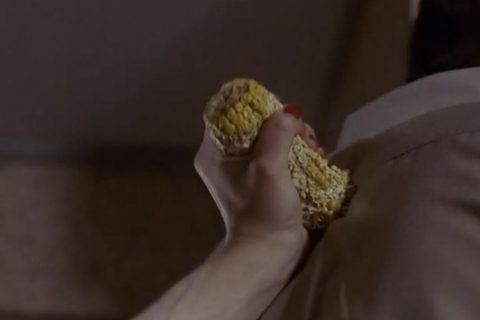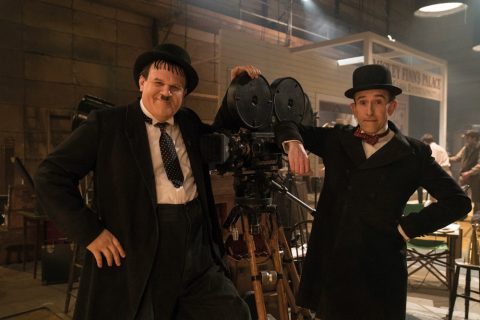Unbreakable
“It’s hard for many people to believe that there are extraordinary things inside themselves, as well as others.”
Before Split and Glass there was Unbreakable. M. Night Shyamalan’s 2000 superhero thriller is today’s #ClassicRewatch and is notable for being a comic-book style film without actually being based on any pre-existing property. It also existed long before the superhero boom we are currently living through (or struggling through, if you are Scorsese). Hands down Shyamalan’s best work, the film manages to deconstruct the superhero mythology in a way that would make Zack Snyder jealous and has gone on to become a cult favourite among film fans and filmmakers (Tarantino included it in one of his top 20 lists…).
But did you know…
1) Shyamalan originally wrote the film using a traditional three-act structure, but soon found that the first act, where the hero realises he has extraordinary powers, was the most interesting one. He felt no connection to the second and third act, where the hero ultimately fights and defeats the villain, and decided to drop them, essentially turning Unbreakable into an origin story.
2) The movie uses several visual motifs to create a comic book feel, particularly in relation to its colour scheme. The production team created two separate visual worlds for David and Elijah, one using warm tones, the other featuring cold and steely ones. Plus, both have specific colours associated with their characters, green for David and purple for Elijah, and it was Samuel L. Jackson himself who suggested Elijah’s colour scheme (as we’ve seen with his choice of lightsaber, Jackson clearly loves purple).
3) The movie includes over 30 scenes that were filmed in one long, continuous take, many of them tracking shots, which contributes to the feeling of following the panels of a comic book. It also gives the audience the chance to experience events alongside the characters almost in real-time. “The number one benefit of pacing it like that is that you feel part of that world,” he said. “It helps me achieve a symbiotic relationship between the main character and the audience, which is the goal.”
Our clip shows the high-tension scene in which David almost drowns, but ultimately emerges a hero.


